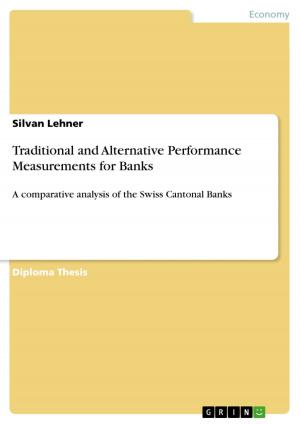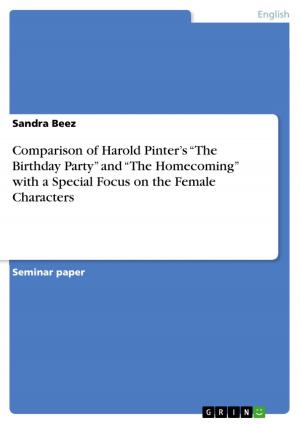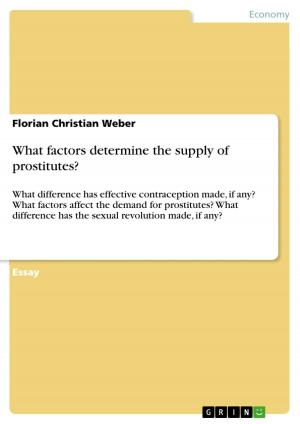Advertising in Europe: Advertising as Communication / The World of Advertising
Business & Finance, Marketing & Sales| Author: | Silke Tischendorf | ISBN: | 9783638212472 |
| Publisher: | GRIN Publishing | Publication: | September 8, 2003 |
| Imprint: | GRIN Publishing | Language: | English |
| Author: | Silke Tischendorf |
| ISBN: | 9783638212472 |
| Publisher: | GRIN Publishing |
| Publication: | September 8, 2003 |
| Imprint: | GRIN Publishing |
| Language: | English |
Essay from the year 2003 in the subject Business economics - Marketing, Corporate Communication, CRM, Market Research, Social Media, grade: 1,7 (A-), University of Applied Sciences Worms (European Business Management), course: European Studies, language: English, abstract: For many years, beauty has been used as a marketing and advertising tool. In this essay I would like to explore the meaning and use of beauty in advertising, what the aesthetic function of advertising means and how it is related to the persuasive function and the perlocutionary effect. Advertising uses beauty as a communication tool to increase interest in a company's product or service through making it aspirational. The prevalence of attractive models in advertising testifies to the general belief concerning their efficacy as a vehicle of promotion. Attractive models might be effective in altering individual's impressions of products. Beauty can infer personal characteristics, abilities and motivations which can support the promotion of various products. The aesthetic criteria remain centrally relevant to many advertising decisions. Many products have aesthetic components, most often by conscious design. In fact, countless products are differentiated from others only on the basis of aesthetic criteria. This implies that aesthetic elements form important dimensions for information processing and attitude formation. Sometimes aesthetic motives may dominate, or even overwhelm utilitarian motives, meaning that sometimes aesthetic attributes may be determining factors in consumer choice. Beauty in terms of advertising is defined by adjectives such as attractive, good-looking, classy, sexy, elegant and pretty. Things are perceived to be beautiful depends on the person you ask, because judgment of beauty is non-cognitive and is the pure feeling of the observer ('beauty lies in the eye of the beholder'). If somebody thinks that the product or person in the ad has features that fit my sense of beauty then this could lead to the perlocutionary effect. [...]
Essay from the year 2003 in the subject Business economics - Marketing, Corporate Communication, CRM, Market Research, Social Media, grade: 1,7 (A-), University of Applied Sciences Worms (European Business Management), course: European Studies, language: English, abstract: For many years, beauty has been used as a marketing and advertising tool. In this essay I would like to explore the meaning and use of beauty in advertising, what the aesthetic function of advertising means and how it is related to the persuasive function and the perlocutionary effect. Advertising uses beauty as a communication tool to increase interest in a company's product or service through making it aspirational. The prevalence of attractive models in advertising testifies to the general belief concerning their efficacy as a vehicle of promotion. Attractive models might be effective in altering individual's impressions of products. Beauty can infer personal characteristics, abilities and motivations which can support the promotion of various products. The aesthetic criteria remain centrally relevant to many advertising decisions. Many products have aesthetic components, most often by conscious design. In fact, countless products are differentiated from others only on the basis of aesthetic criteria. This implies that aesthetic elements form important dimensions for information processing and attitude formation. Sometimes aesthetic motives may dominate, or even overwhelm utilitarian motives, meaning that sometimes aesthetic attributes may be determining factors in consumer choice. Beauty in terms of advertising is defined by adjectives such as attractive, good-looking, classy, sexy, elegant and pretty. Things are perceived to be beautiful depends on the person you ask, because judgment of beauty is non-cognitive and is the pure feeling of the observer ('beauty lies in the eye of the beholder'). If somebody thinks that the product or person in the ad has features that fit my sense of beauty then this could lead to the perlocutionary effect. [...]















